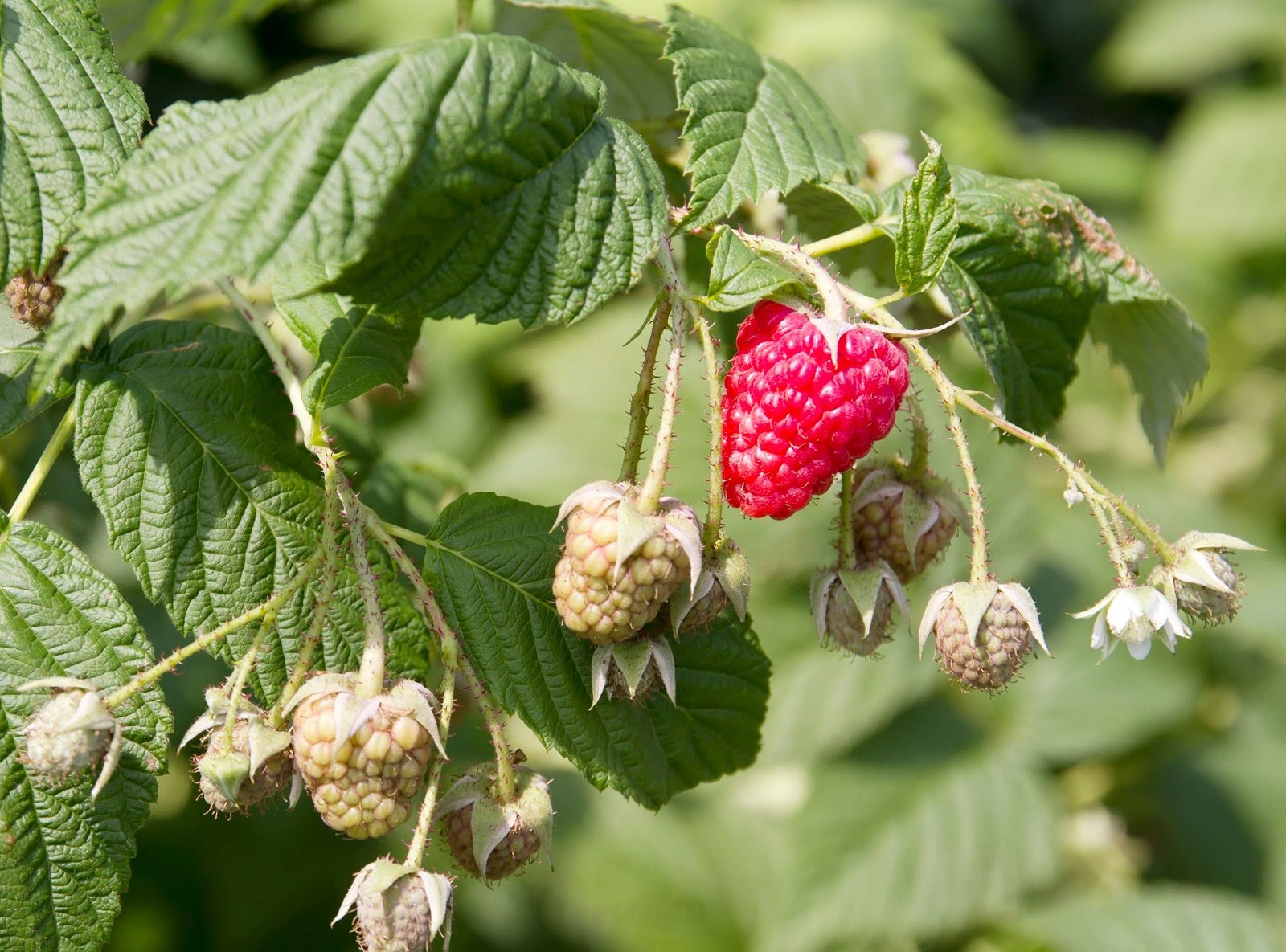
Perennial Food Crops
Every spring, you spend countless hours (not to mention many dollars) on improving your vegetable beds and planting them in anticipation of a bountiful harvest a few months down the road. What if you could add to your harvest without the annual work? If that sounds appealing, grow some perennial crops from organic seeds!
n
Tags:
Every spring, you spend countless hours (not to mention many dollars) on improving your vegetable beds and planting them in anticipation of a bountiful harvest a few months down the road. What if you could add to your harvest without the annual work? If that sounds appealing, grow some perennial crops from organic seeds!
Perennial herbs are the first plants to green up in the spring. They are always my first harvest, before seedlings of annuals are big enough to plant outside:
Benefits
- Think about your perennial flowers and shrubs that come back every spring. They are low maintenance compared to your vegetable garden. Once in place, they continue to flower. They just need to be weeded, mulched, and have a layer of compost added each year. You can’t say that about a bed of tomatoes, peppers, lettuce, and zucchini!
- The garden season is longer. Many perennial greens are ready for harvest in spring, while the rest of the yard is still bare. Others are harvested into the late fall, long after annuals have been killed by frost.
- Because perennial crops have deeper root systems than annuals, they hold the soil in place, reducing erosion and runoff. They protect the soil from pounding rain and allow the water to soak in. They also tap into deep nutrients and water not available to shallow rooted plants, which means they need less supplemental fertilizer and watering. You save money and water! When the tops of the plants die back in the fall, the decomposing debris builds up the topsoil and adds nutrients, not unlike leaf litter in the forest.
- A perennial food garden creates biodiversity in your yard. The more species you have, the more pollinators and wildlife you will attract. Your garden will be more resilient to pests, disease, and extreme weather patterns of heat, cold, drought, and flooding. A polyculture is a healthy ecosystem.
Drawbacks
As beneficial as a perennial garden is for you and the environment, it does have its drawbacks:- You need a place in your yard that you don’t have other plans for. Once you plant perennials, you aren’t going to move them - they will take up space you won’t recover.
- They will also take up more room than annual crops. Like all perennials, they get larger each year, and you will need to take that into consideration when deciding where to plant them.
- Crops can take several years to get established. There is a substantial investment of time and money to set it up, so your return will be slow in coming. If you are renting, this may not be an option for you.
- Once you have a disease in the plants or the soil, you will have to remove them, prep the area, and plant a new organic seeds in another family. This is different than a vegetable garden, where you rotate crops each year to avoid pests and disease. This isn’t possible with perennial crops.
- Strawberries
- Raspberries
- Blackberries
- Blueberries
- Rhubarb
- Asparagus
- Horseradish
- Artichokes
- Jerusalem artichokes
- Groundnuts
- Sorrel
- Ramps
- Nettles
- Daylilies
- Ostrich fern
- Grapes
- Fruit trees
- Nut trees
- Chives
- Garlic chives
- Winter savory
- Oregano
- Tarragon
- Thyme
- Mint
- Sage
Perennial Planting Tips
- Adding perennial crops to your yard and garden takes a little planning. Like I mentioned, you won’t be moving them (except for strawberries, which do wear out and need to be rotated on a regular basis).
- Incorporate perennials into your established landscaping. Create a Rosalind Creasy style edible landscape. Instead of ornamentals, use perennial food crops for shade, as a hedge, for groundcovers, and in your foundation plantings.
- Look into permaculture, which is gardening with the given land and elements. You might be able to get wet, shady, or dry parts of your yard to be productive.
- For new plantings, begin with a soil test, as always, and add amendments specific to the crops being grown. Build up the fertility of the soil before you plant. You will not be tilling these areas and adding amendments annually, so be sure to create a good soil base beforehand. At planting time, add drip irrigation. You won’t be disturbing these areas once they are established.
- Late summer and fall are the best times for planting perennials. Check reputable nurseries and catalogs for high quality plants suitable for your growing zone. Look for locally grown plants for the best results.
- For more details about growing perennial food crops, check out Perennial Solutions.
Would you like to be the first to hear about our new products and more? Sign up for our Nature’s Path Newsletter.

